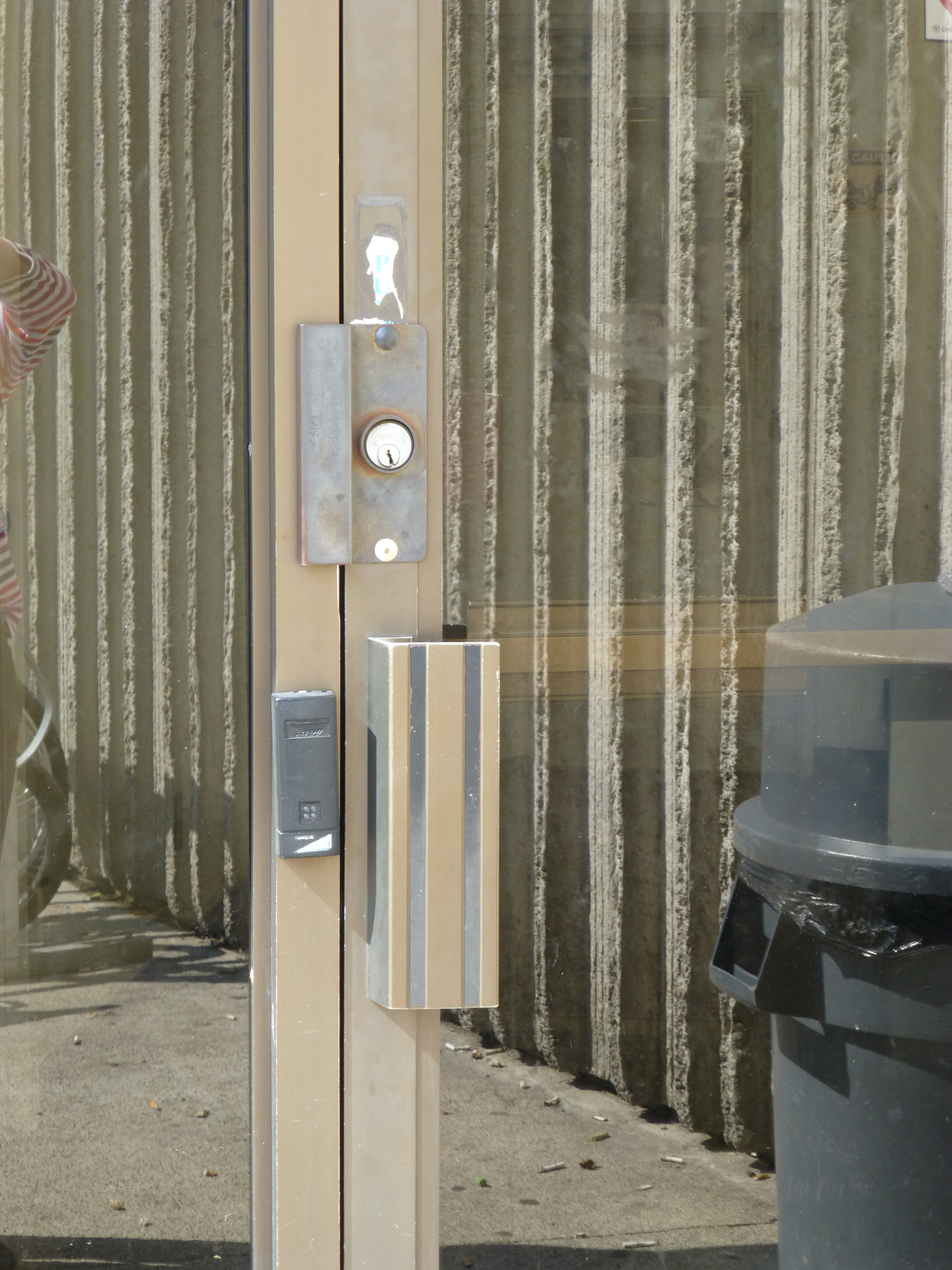New Accessibility Amendments to Ontario’s Building Code; OPC Clients Take note

Accessible Design of buildings in Ontario cannot come soon enough for aging and disabled people in Ontario.
On December 27, 2013, Ontario Regulation 368/13 was filed to amend the new 2012 Building Code, O.Reg. 332/12.
The effective date of the amendment is January 1, 2015. The amended requirements will substantially enhance accessibility in newly constructed buildings and existing buildings that are to be extensively renovated. The province maintains that these updates will place Ontario as leaders in requirements for barrier-free design.
In 2005, the Province committed to the development of 5 Accessibility Standards under the Accessibility for Ontarians’ with Disabilities Act (AODA).
These amendments to the Building Code (which were reviewed and written submissions made by OPC for BOMA Toronto) are meant to combine with the Design of Public Spaces Standard , (also interestingly quietly introduced the end of December 2012), with the Ontario Build Code (OBC) and the Province’s commitment to accessibility standards for the built environment.
As many of our readers know the 5 accessibility standards are already regulated under the Accessibility for Ontarians with Disabilities Act including the Customer Service, Information and Communication, Employment, Transportation Standards (IASR), and the Design of Public Spaces. For more information on Accessibility Standards, please review our previous Blogs, Linked In Articles. You can also request Optimal’s AODA Handbook by emailing AODA@OptimalPerformance.ca
The new OBC requirements will apply to most new construction projects as well as for businesses who undertake extensive renovations.The big question remains what constitutes “extensive renovations”?
Existing buildings, where no work is planned, will not be affected by these new requirements. Houses, including semi-detached houses, townhouses and duplexes, are not affected by most accessibility requirements, with the exception of smoke alarm requirements.
Amended requirements cover a range of areas, including:
- Requirements for visual fire alarms to be installed in all public corridors of multi-unit residential buildings and in all multi-unit residential suites
- Requirements for all smoke alarms in all buildings, including houses, to include a visual component
- Requirements for an elevator or other barrier-free access to be provided between storeys in most buildings, with some exemptions for small residential and business occupancy buildings
- Requirements for power door operators to be provided at entrances to a wider range of buildings, and at entrances to barrier-free washrooms and common rooms in multi-unit residential buildings
- Updated requirements for barrier-free washrooms and universal washrooms
- Requirements for barrier-free access to public pools and spas
- Updated requirements for accessible and adaptable seating spaces in public assembly buildings such as theatres, lecture halls & training rooms.
Optimal Performance has experts in Built Environment Audits, AODA Strategic consulting, Build Code, architects, Interior Design and Signage/Wayfinding. Feel free to set up a meeting with us to discuss what the AODA is about, the Build Code and Compliance requirements.

